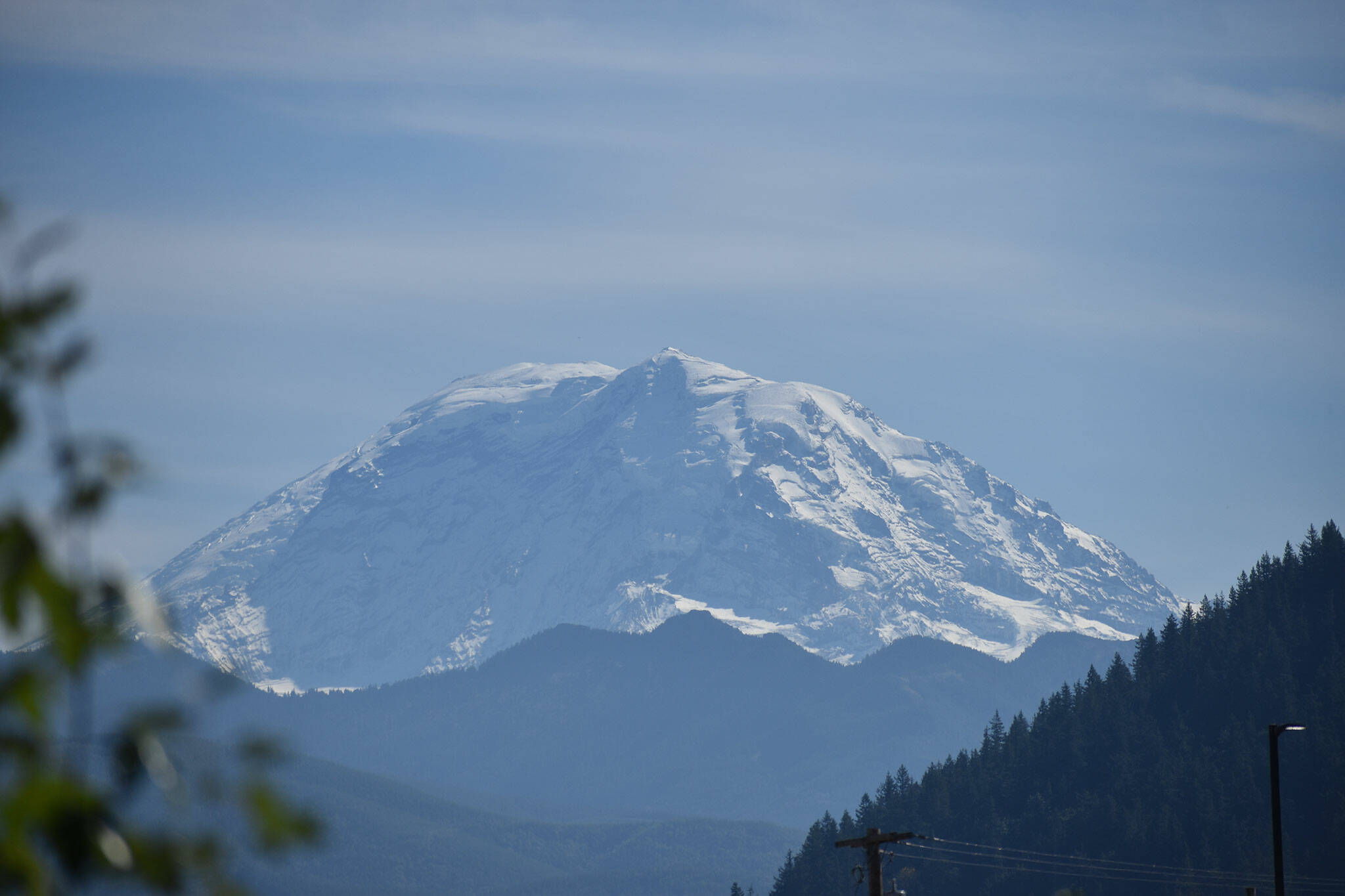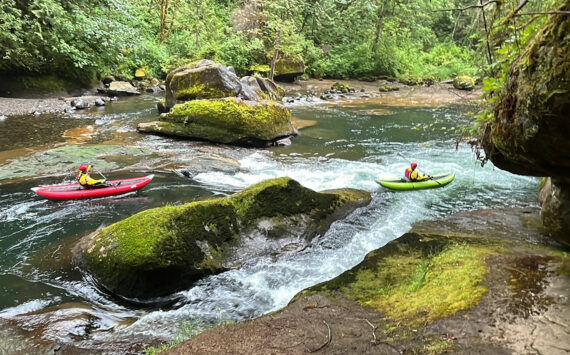One skier died and five others managed to get out Saturday from an avalanche that caught their group while they were in the backcountry of Crystal Mountain.
The avalanche, reported at about 10:50 a.m. that day, occurred in the Silver Basin area of the resort, according to the Pierce County Sheriff’s Department and a Crystal Mountain press release. The area was uncontrolled and unmitigated for avalanche hazards because it had not yet opened for the season, according to Crystal Mountain. The skiers reportedly triggered the avalanche on a North to East facing slope at about 6,500 feet up, according to the Northwest Avalanche Center (NWAC).
All six skiers wore avalanche transceivers and were recovered in part thanks to two other skiers who witnessed the avalanche, reported it to Ski Patrol and began assisting the trapped skiers, according to the NWAC and the resort.
Five of the skiers made their way out of the snow, but resuscitation efforts for the one who was found unconscious were unsuccessful. The skier who died was Issaquah resident Robert Weisel, 66, according to the Pierce County Medical Examiner. The other five skiers have not been identified.
“As skiers and riders ourselves, this event saddens all of us here at Crystal Mountain,” the resort said.
The NWAC is investigating the incident and said it would have a report prepared in a matter of days.
Winds had reached 100mph at the summit earlier that Saturday, according to Crystal Mountain, prompting the resort to close the Mt. Rainier gondola. And as of Sunday, the avalanche danger in the area at a “Considerable” level, according to the Northwest Avalanche Center.
“The tragic incident near Crystal Mountain helps illustrate that although it is early season and snow depths are still building, many slopes have now reached the threshold where they can kill you,” NWAC said.
Backcountry skiers are advised to research uphill travel policies and check the avalanche forecasts before heading into the backcountry. Skiers should prepare and test run their avalanche rescue equipment, put fresh batteries in their transceivers and perform a practice rescue with their skiing team before heading out.
“Be sure to take the time to dig and check for strong snow over weak snow, storm density changes, and bonding to the old snow surface as points of failure before you commit to terrain,” NWAC said. “You can use test slopes as you travel to see how the recent snow is reacting to your weight to add context to what you are seeing in your pits. If your tests indicate unstable snow, you notice evidence of wind-loading, or you see recent avalanches, keep off slopes steeper than 35 degrees.”








